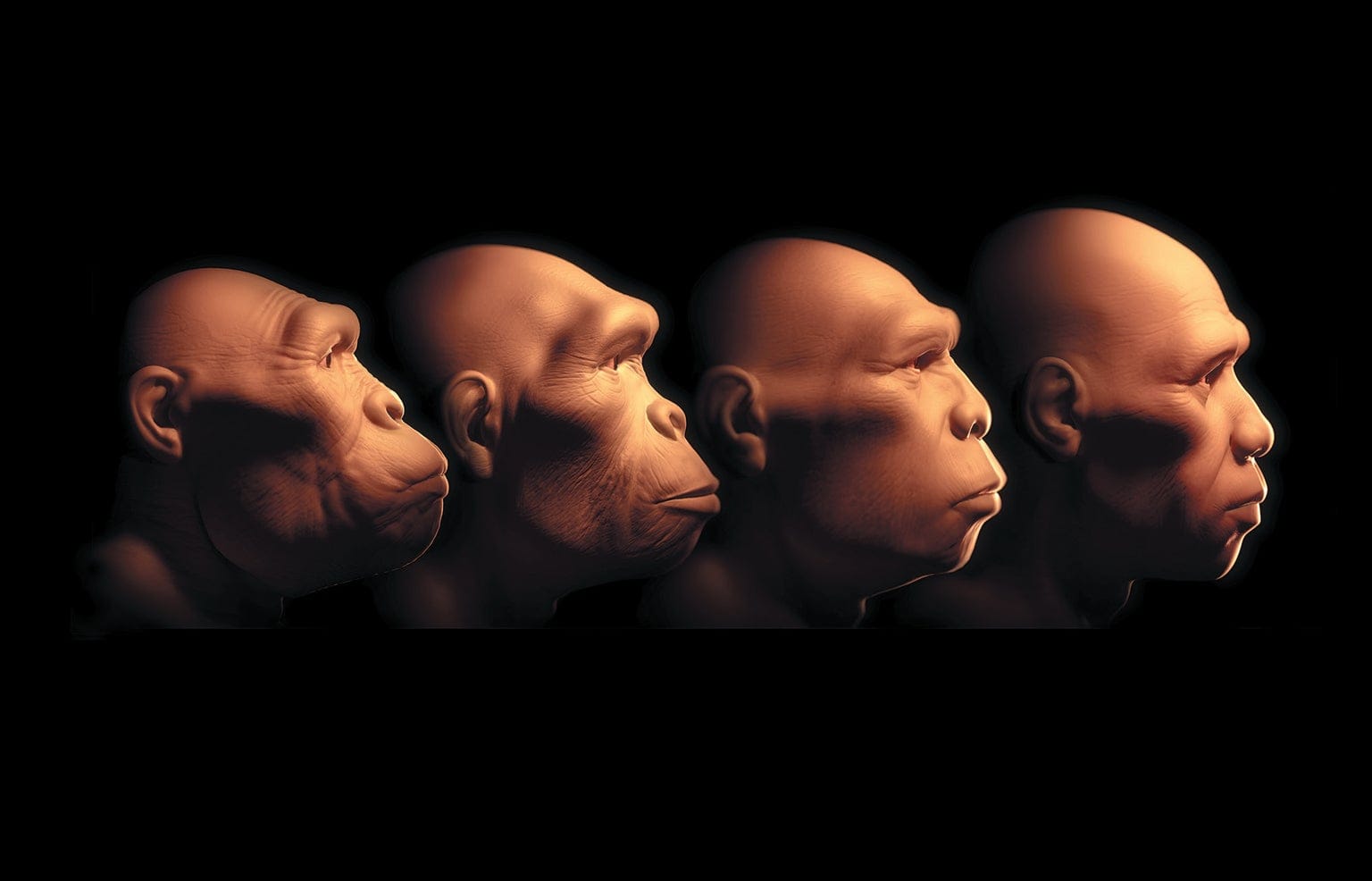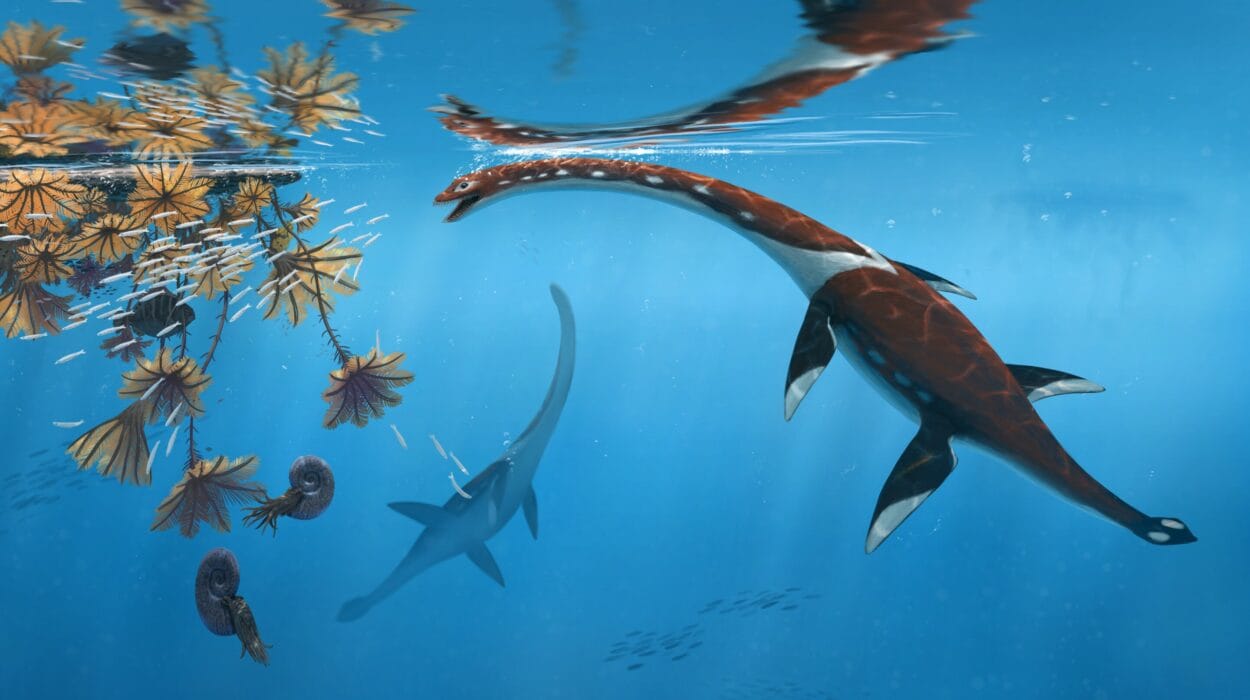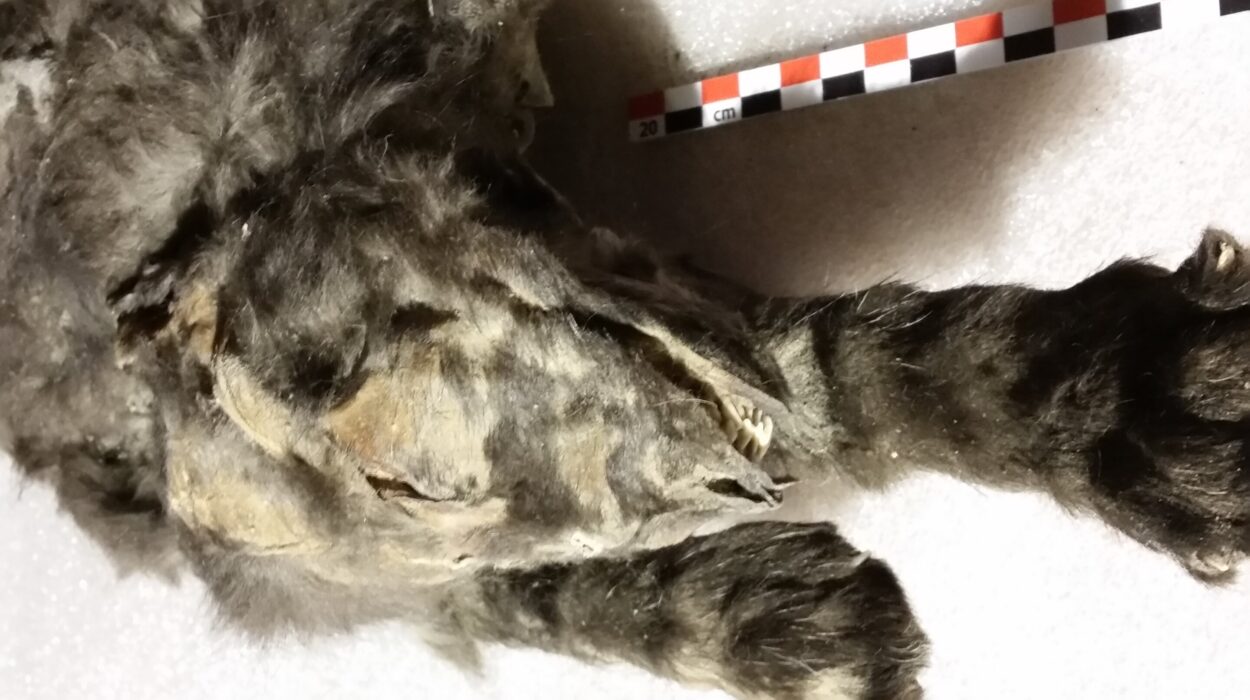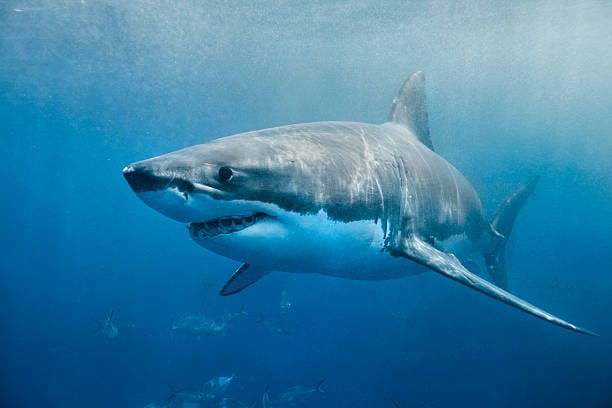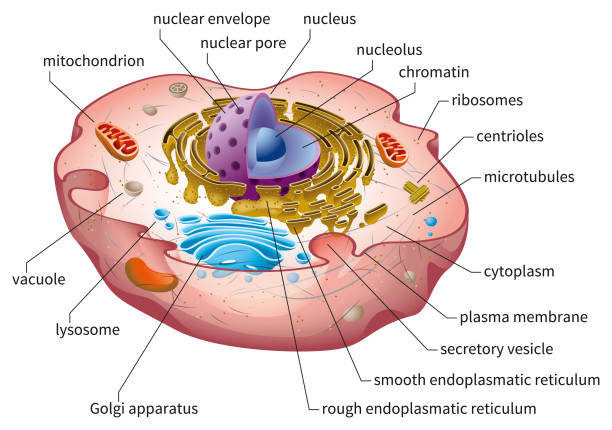Long before modern science gave us the tools to explore DNA, fossils, or the age of the Earth, humankind looked at the diversity of life and asked a profound question: where did it all come from? In ancient civilizations, from Mesopotamia to Egypt to Greece, people tried to explain nature with stories of divine creation, mythical transformation, and the eternal return of life from death. But even in those early tales, we find glimmers of a deeper intuition—that life changes, that creatures arise and perish, and that something beneath it all connects the past to the present.
It wasn’t until the 19th century, however, that these ancient inklings were forged into a scientific framework. That framework, known today as evolutionary theory, did not emerge overnight. It was shaped by centuries of observation, skepticism, and discovery. And at its heart lies a simple but world-changing idea: all life on Earth shares common ancestry, and the diversity of organisms we see today is the result of gradual changes over time.
Yet to fully understand the science behind this theory is to embark on an epic journey—not just through biology, but through geology, genetics, paleontology, and even philosophy. It is a journey of evidence, controversy, brilliance, and beauty. It is the story of life itself.
Darwin and the Dawn of Modern Evolution
No single name is more closely tied to the theory of evolution than that of Charles Darwin. When Darwin published On the Origin of Species in 1859, he unleashed a scientific revolution. But Darwin did not invent the idea of evolution. In fact, many naturalists before him—including his own grandfather, Erasmus Darwin—had speculated that species might change over time. What Charles Darwin provided was something far more powerful: a mechanism that could explain how such change occurred.
That mechanism was natural selection.
Darwin’s insight came not from a single moment of inspiration, but from years of meticulous study. As a young man aboard the HMS Beagle, Darwin traveled the world, collecting specimens and observing the extraordinary variation in life. He noticed that animals and plants seemed perfectly adapted to their environments—and that similar forms appeared in different regions, subtly modified by location.
Upon returning home, Darwin struggled with what he had seen. It was only after reading Thomas Malthus’s essay on population growth that he grasped the brutal arithmetic of nature: more individuals are born than can survive, and those with traits better suited to their environment are more likely to live and reproduce. Over time, these advantageous traits accumulate. The result is evolution through natural selection.
Darwin’s theory did not claim that evolution had a goal or direction. It did not say that humans were the pinnacle of life. Instead, it presented nature as a process—messy, patient, and immensely powerful. It was, as one critic said at the time, “the law of higgledy-piggledy.” But it explained the living world more thoroughly and elegantly than anything before it.
Fossils: The Archive of Time
To truly appreciate the science of evolution, we must first travel back through deep time—far beyond human history, through millennia upon millennia of geological layers, to a world where trilobites scuttled across the ocean floor and dragonflies had wingspans like eagles.
Fossils are the physical record of life’s history. These petrified remains—bones, teeth, shells, even footprints and imprints—are snapshots of creatures long vanished. When arranged by age, they tell a tale of remarkable continuity and change. The fossil record reveals that species appear, thrive, evolve, and often go extinct, only to be replaced by others.
It is not a perfect record. Fossilization is rare, and many organisms decay without a trace. But the evidence we do have shows unmistakable patterns. Transitional fossils bridge the gaps between major groups. We have fossils of fish with primitive limbs, suggesting the move from water to land. We have feathered dinosaurs that blur the line between reptiles and birds. We have early primates with traits shared by both apes and humans.
These fossils not only validate evolutionary theory—they bring it to life. They show us that life has not always looked as it does today. They prove that extinction is real and evolution is dynamic. And they offer a sobering reminder: no species, not even ours, is guaranteed to last forever.
Genetics: The Code of Life
When Darwin proposed natural selection, he didn’t know how traits were passed from parent to offspring. He had no knowledge of DNA, chromosomes, or mutations. But in the 20th century, biology experienced another revolution—one that would deepen and confirm the evolutionary view.
At the heart of this revolution was the discovery of the genetic code.
All living organisms carry DNA, a molecule made up of four chemical bases—adenine, thymine, cytosine, and guanine. These bases are arranged in sequences that form genes, which provide instructions for building proteins. Proteins, in turn, carry out nearly every function in a living cell.
When organisms reproduce, they pass on their DNA to their offspring. But copying DNA is not always perfect. Mutations—random changes in the genetic sequence—occur naturally. Some mutations are harmful, some are neutral, and a few may offer an advantage. Over generations, natural selection can favor these beneficial mutations, gradually shaping the genome.
This genetic mechanism is the engine of evolution. It explains how traits arise, how variation is maintained, and how populations adapt. And the evidence is overwhelming. Comparative genomics reveals shared DNA sequences across species. Humans share more than 98% of their DNA with chimpanzees. Even the humble fruit fly and the common house cat share genes with us. These genetic similarities are not coincidence—they are the fingerprints of common ancestry.
Moreover, modern experiments in microbial evolution show evolution in action. Bacteria, with their rapid reproduction, can evolve resistance to antibiotics in mere months. Fruit flies in labs evolve new behaviors or body shapes under selective pressures. We no longer have to infer evolution—we can watch it happen.
Natural Selection and Its Partners
While natural selection remains the cornerstone of evolutionary theory, it is not the only force at play. Evolution is shaped by a constellation of mechanisms, each adding nuance to the story of life.
Genetic drift, for example, is the random fluctuation of gene frequencies in a population. It’s especially significant in small populations, where chance events can have outsized effects. Imagine a few individuals, by pure luck, passing on their genes while others do not. Over time, certain traits may become common not because they are advantageous, but simply because they happened to be inherited.
Then there is gene flow—the movement of genes between populations through migration or interbreeding. This process helps spread genetic diversity and can introduce new traits to a population. It’s why the interbreeding of early humans with Neanderthals left a genetic legacy in modern humans.
Mutation, of course, remains the source of all new genetic variation. While most mutations are neutral or harmful, some provide raw material for evolution to work on. Over millions of years, even small changes can accumulate into dramatic differences.
And then there’s sexual selection—a form of natural selection where traits are favored because they increase an individual’s chances of mating. This can produce flamboyant features, like the peacock’s tail or the elaborate dances of birds-of-paradise. These traits may not aid survival but help win the competition for mates.
Together, these forces—natural selection, genetic drift, gene flow, mutation, and sexual selection—compose the symphony of evolution. Each plays a part in the grand unfolding of life.
Speciation: The Birth of New Species
One of the most remarkable consequences of evolutionary change is speciation—the process by which one species splits into two or more distinct species. This is not an abrupt transformation but a gradual divergence.
Imagine a population of animals isolated by a river, a mountain, or a changing climate. Over time, as genetic mutations accumulate and environments differ, the separated groups adapt in different directions. Eventually, they become so distinct that they can no longer interbreed. A new species is born.
Speciation has been observed in the fossil record, in the wild, and in the laboratory. Darwin’s finches, isolated on different Galápagos Islands, evolved beaks suited to different food sources—one of the earliest and most iconic examples. In real-time, biologists have documented new plant species arising through hybridization and changes in chromosome number.
Speciation reminds us that evolution is not just about survival—it’s about divergence. It’s the reason we have millions of species today, from bacteria to blue whales, each exquisitely adapted to its own ecological niche.
Evolution in the Modern World
Evolution is not a relic of the past. It is a living, breathing process that continues today—in our ecosystems, our bodies, and our technologies.
Pathogens evolve at lightning speed. The influenza virus mutates constantly, which is why flu vaccines must be updated each year. HIV evolves resistance to antiretroviral drugs. Cancer cells mutate and adapt, evading treatments. Understanding evolution is essential to fighting these diseases.
Agriculture, too, is an arena of evolutionary arms races. Pests evolve resistance to pesticides. Crops are bred for desired traits, a form of artificial selection that mimics nature’s own processes. Climate change forces species to adapt or perish. Evolution is no longer just a theory—it is a tool for survival.
Even humans are still evolving. Genetic studies show changes in traits like skin color, lactose tolerance, and disease resistance over relatively short timescales. Cultural evolution—the spread of ideas and technologies—interacts with biology in complex ways, shaping our destiny.
Evolution is not finished. It never will be.
Common Descent: The Family Tree of Life
At the heart of evolutionary theory lies the concept of common descent—the idea that all organisms on Earth share a common ancestor. This is not just poetic metaphor; it is supported by layers of evidence.
Comparative anatomy reveals striking similarities across species. The bones in a bat’s wing, a dolphin’s flipper, and a human hand follow the same pattern. Embryology shows that vertebrate embryos go through similar stages. Molecular biology reveals shared genes and proteins. All living cells use DNA, ATP, and the same genetic code.
These clues point to a single origin of life, perhaps 3.5 to 4 billion years ago, from which all diversity has sprung. The tree of life is vast and branching, with some limbs extinct, others thriving, and all connected by the invisible threads of inheritance.
To accept common descent is to accept that we are not separate from nature—we are part of it. We are cousins to every living creature. Our story is one chapter in a saga that began long before us and will continue long after.
The Beauty and Wonder of Evolution
For some, evolution may seem cold or mechanical. But for those who truly understand it, the theory of evolution is a source of awe.
It reveals a universe where complexity arises from simplicity, where life adapts and innovates without guidance, and where every species is the product of a billion-year odyssey. It shows us that purpose is not imposed from above but shaped from within. It invites us to marvel at the elegance of a hummingbird’s flight, the cunning of a coyote, the resilience of bacteria.
Evolution is not a threat to meaning—it is a wellspring of it. It connects us to every fossil, every forest, every gene. It teaches humility and reverence. It whispers that the Earth is ancient, life is fragile, and change is inevitable.
Conclusion: The Endless Tapestry
The science behind evolutionary theory is not just a set of facts—it is a lens through which we see the living world more clearly. From Darwin’s first steps to today’s genomic breakthroughs, evolution has reshaped our understanding of life.
It has faced controversy, resistance, and misinterpretation. But its power lies in its ability to explain the grand patterns of nature. Evolution is not a belief—it is a testable, observable, unifying framework supported by overwhelming evidence.
And it is still unfolding.
Every discovery adds new threads to the tapestry. Every species is a note in the symphony. Every generation carries the story forward. In evolution, we find not just science, but a reminder of our place in the cosmos—woven into the fabric of life, changing, enduring, and endlessly becoming.
